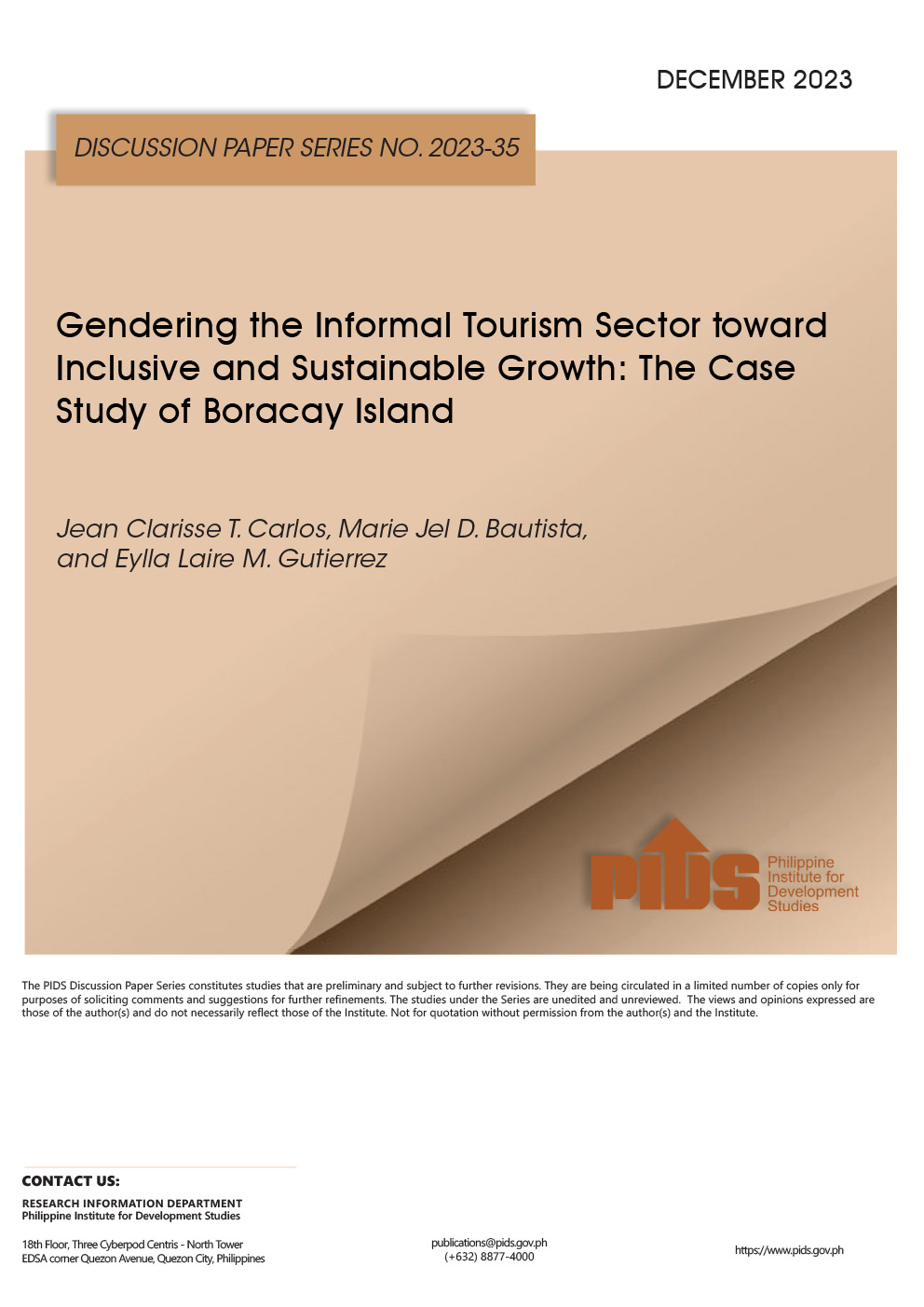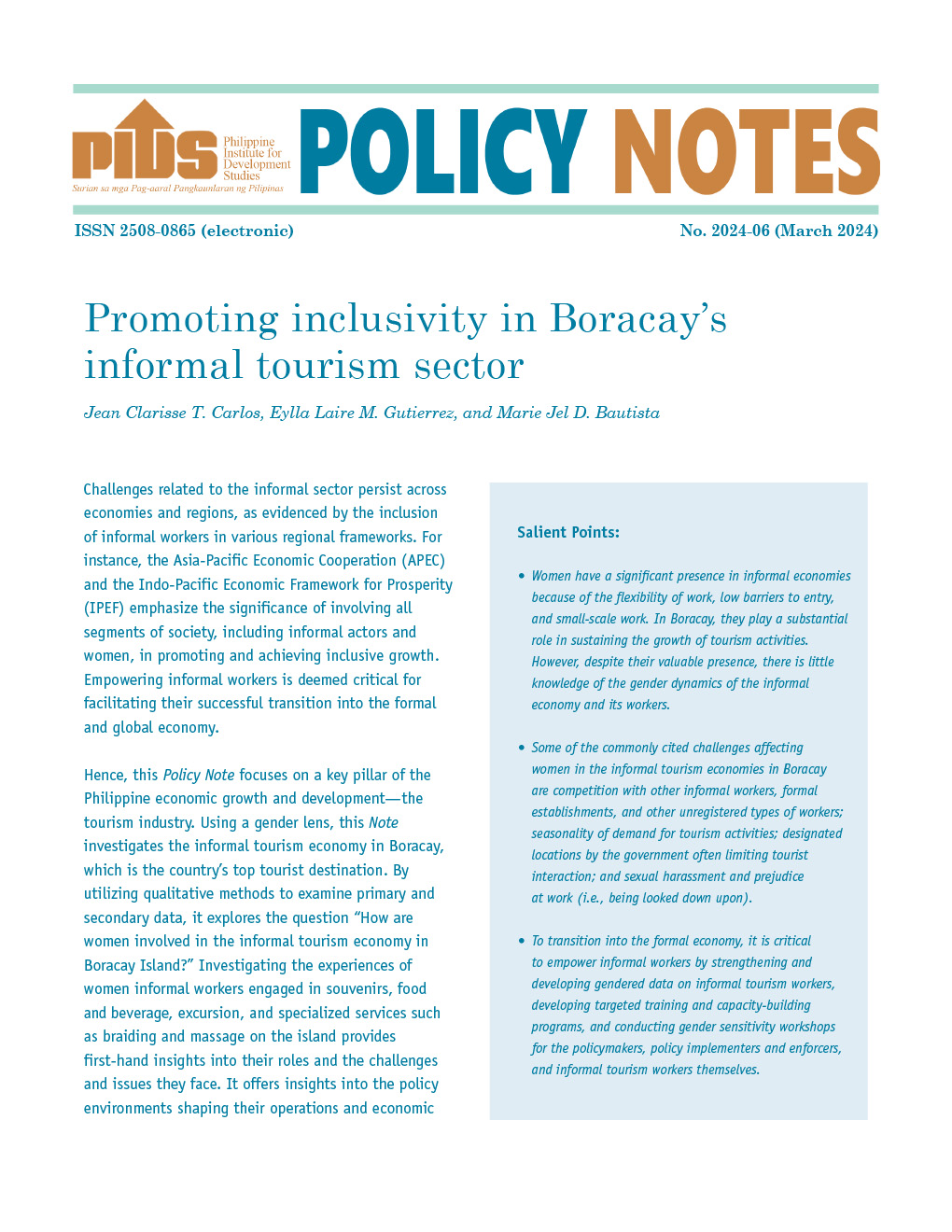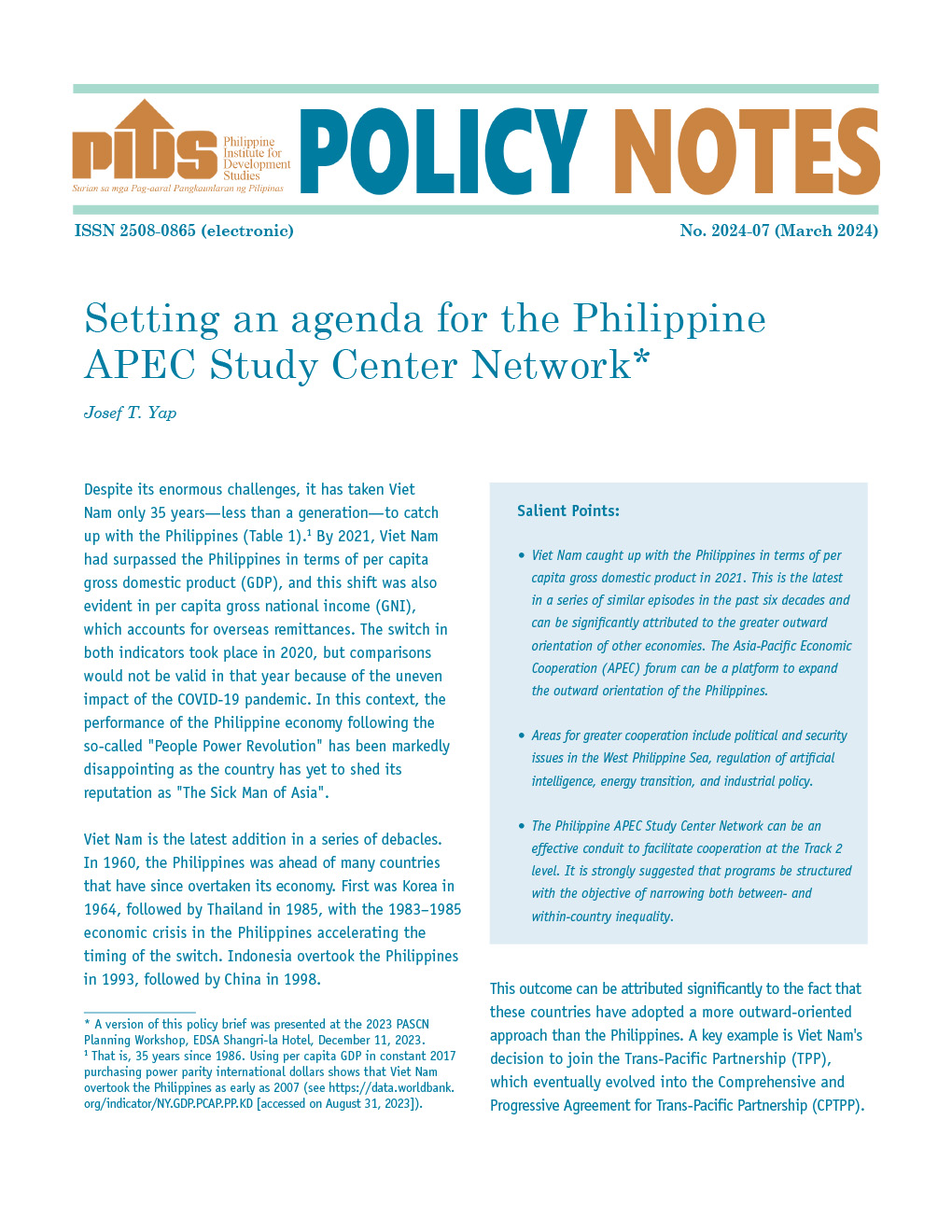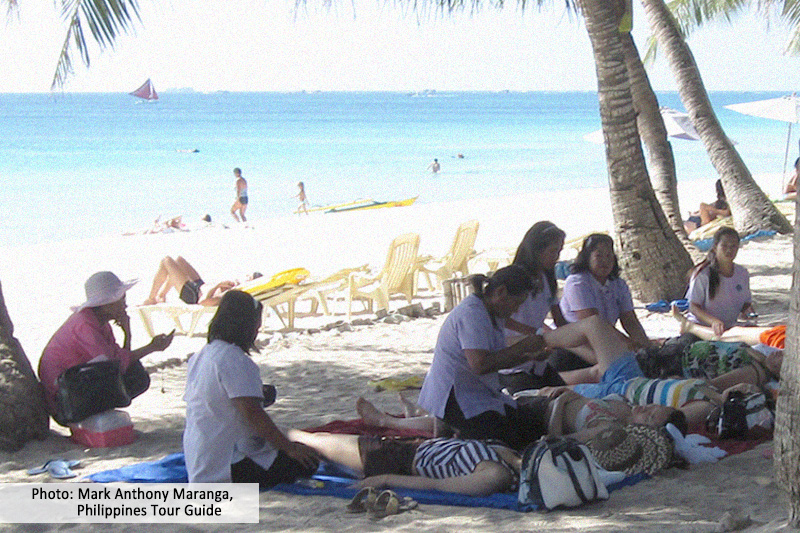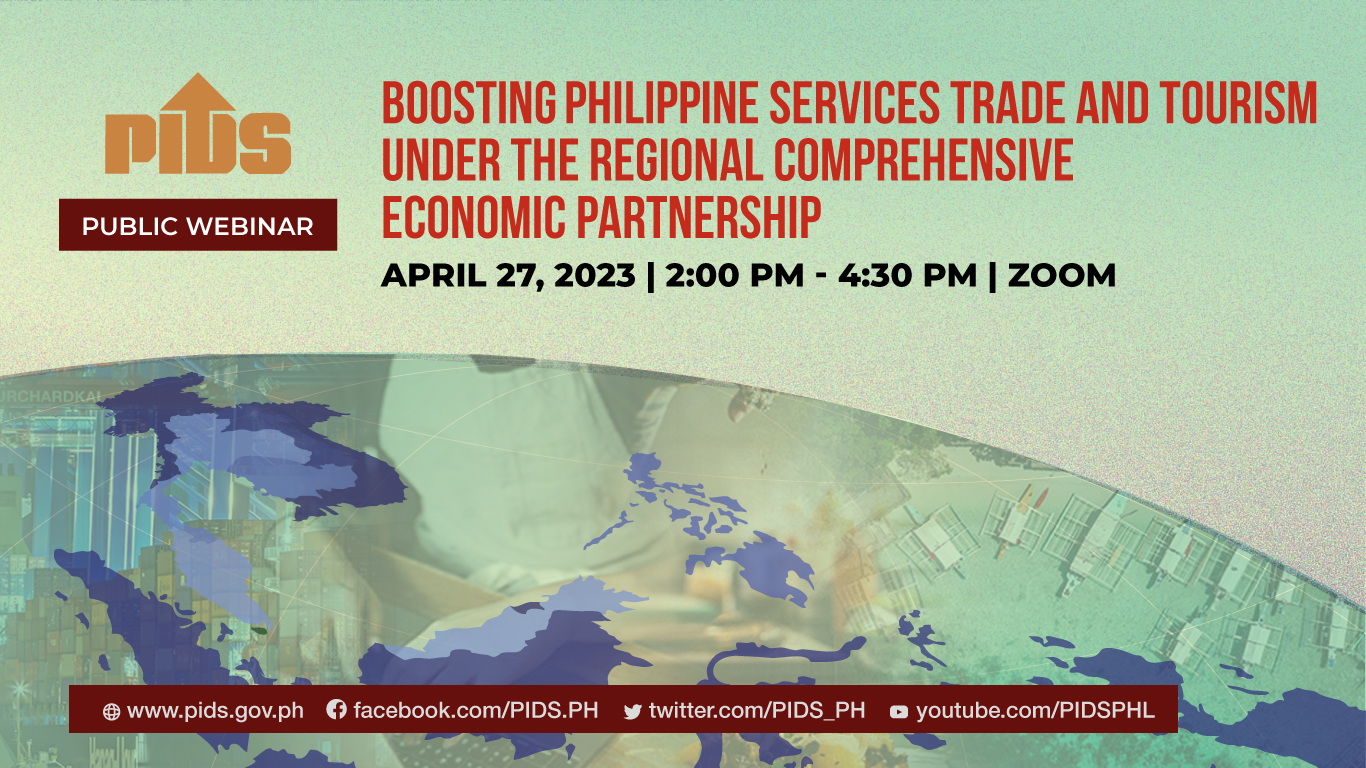Patients Beyond Borders, a US-based industry resource, estimates that the global market for medical tourism is expanding by 25 percent per year. In 2013, revenues reached $55 billion, accounting for 11 million patients from all parts of the world.
Medical tourism started in the 1980s when Latin American countries Costa Rica and Brazil offered cheap dental, cosmetic, and other medical services to North American and European patients. This slowly developed into the multi-billion-dollar industry it is today, as developing world health systems improved, global aviation links spread and the Internet broadened patients’ options.
Today, several developing nations in Asia promote medical services 80 percent cheaper compared to developed nations, packaging trips that combine medical procedures and a little beach time.
With the intention of turning the Philippines into a medical tourism hub, President Marcos established medical centers of excellence, namely, the Philippine Heart Center, the National Lung Center, the National Kidney and Transplant Institute, and the Philippine Children’s Medical Center.
Three decades later, the Philippine Institute for Development Studies (PIDS) revealed that even with hospitals in place and medical services outpricing its Asian competitors, the country continues to get a miniscule share of the market.
In 2007, the Department of Health recorded a mere P2.91 billion in total revenues of 17 hospitals from medical tourists while nations like Malaysia earned an average of $200 million a year.
In a 2010 study, the Philippines only ranked 11th in the top 15 destinations of medical tourists in the world, with Thailand and Singapore in the top two slots. In that same study, we placed 5th among East and South Asian nations.
According to the 2013 PIDS study, one of the problems that the Philippines faces is the lack of information such as medical tourist arrivals, expenditures, and services. Another observation was that unlike Malaysia, Philippine accreditation focuses more on tourism aspect of the facilities rather than improving patient and safety care.
Government should jumpstart its efforts to get its rightful share of the global medical tourism market.
The PIDS suggests that the DTI, DOH, and DOT should do more research and analytical work and consider promotion of the industry through visa facilitation, trade fairs organization and participation by consular offices abroad.
It should encourage upgrading of medical facilities through fiscal incentives. Government should also address infrastructure bottlenecks especially airports, roads and transport that facilitate access to tourist destinations.//
E-mail: angara.ed@gmail.com

